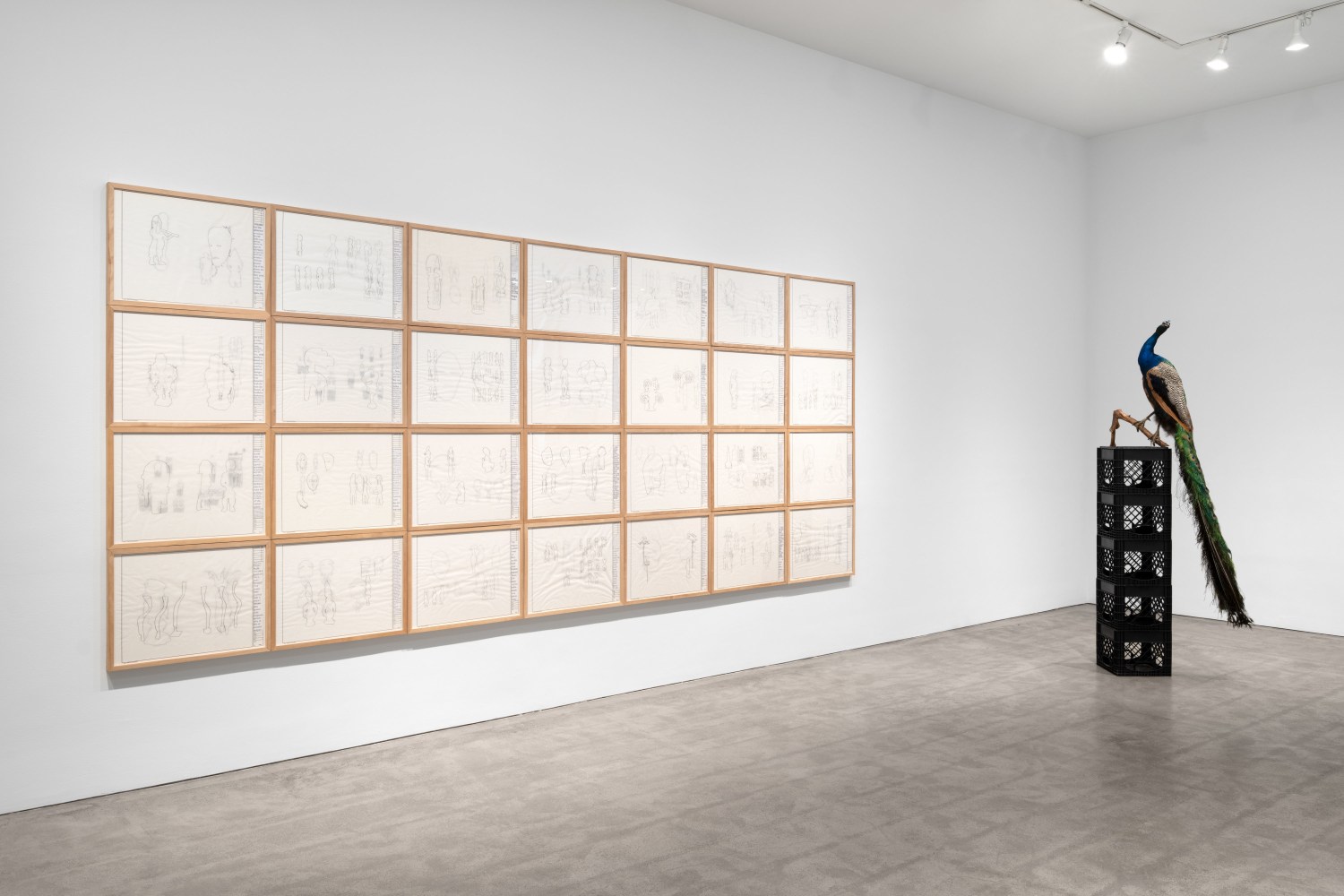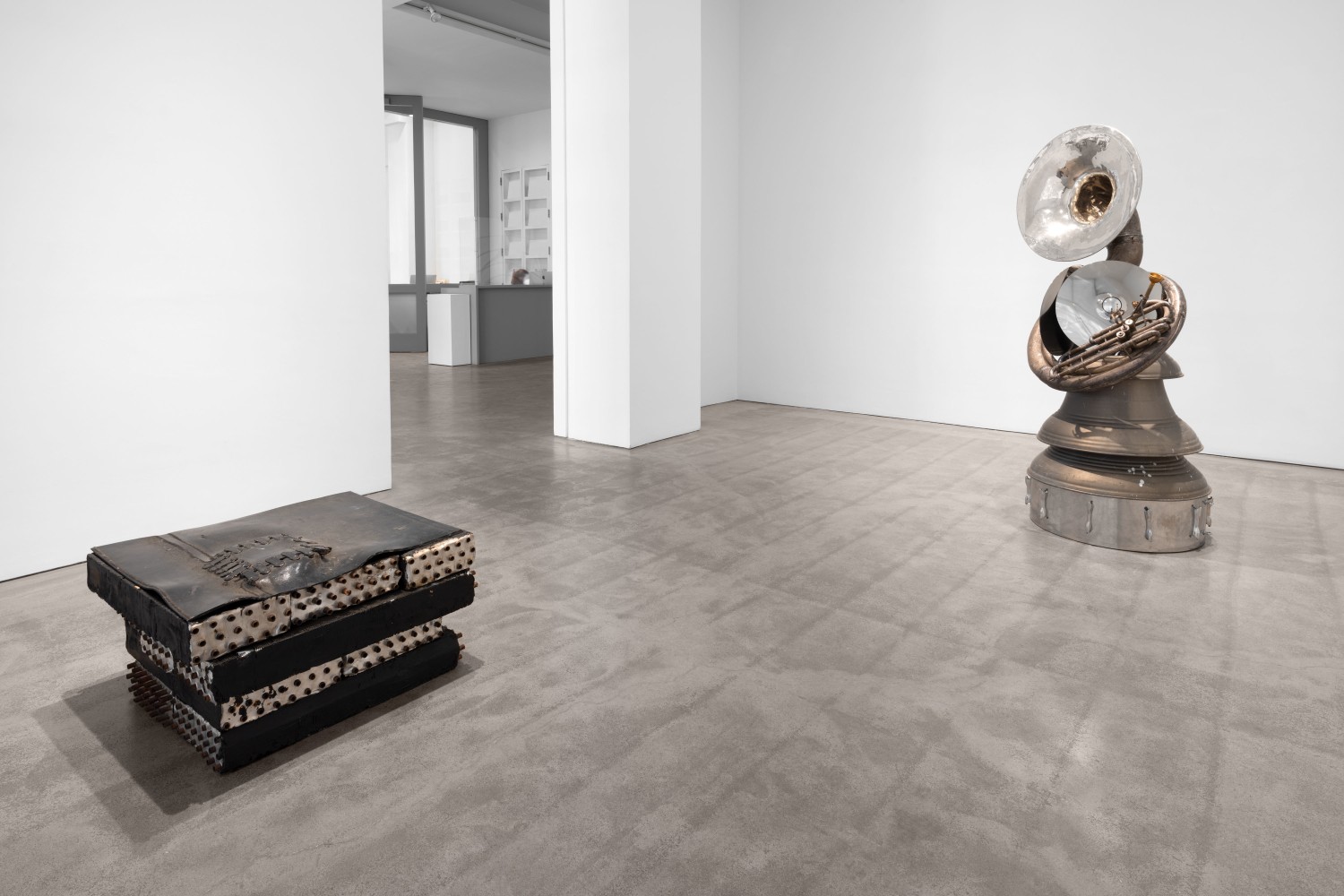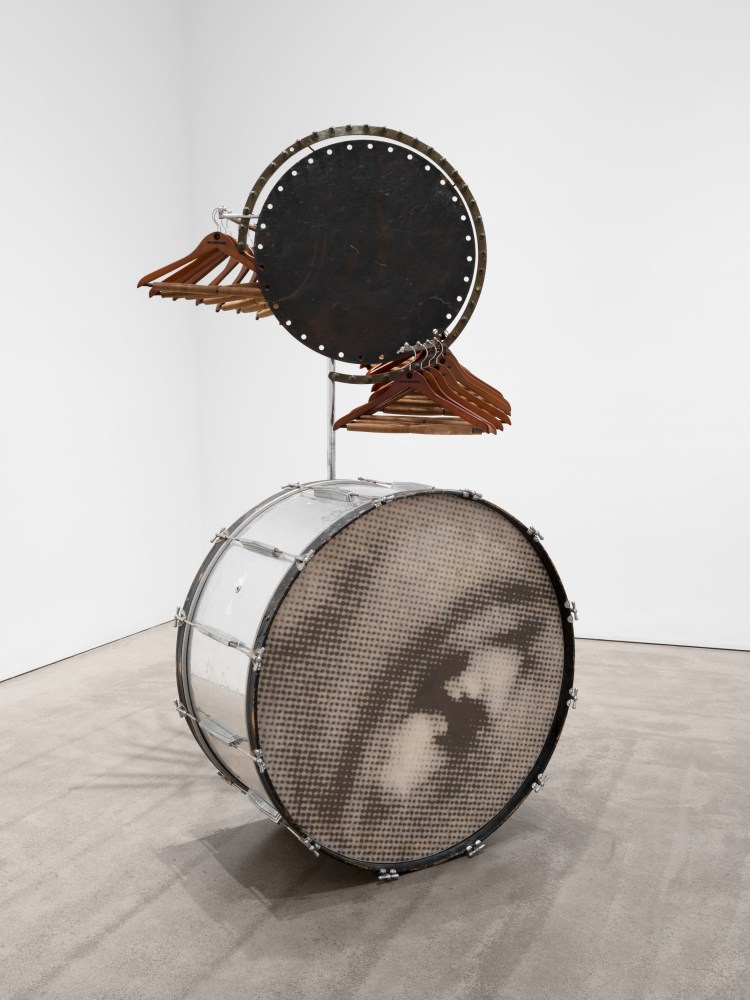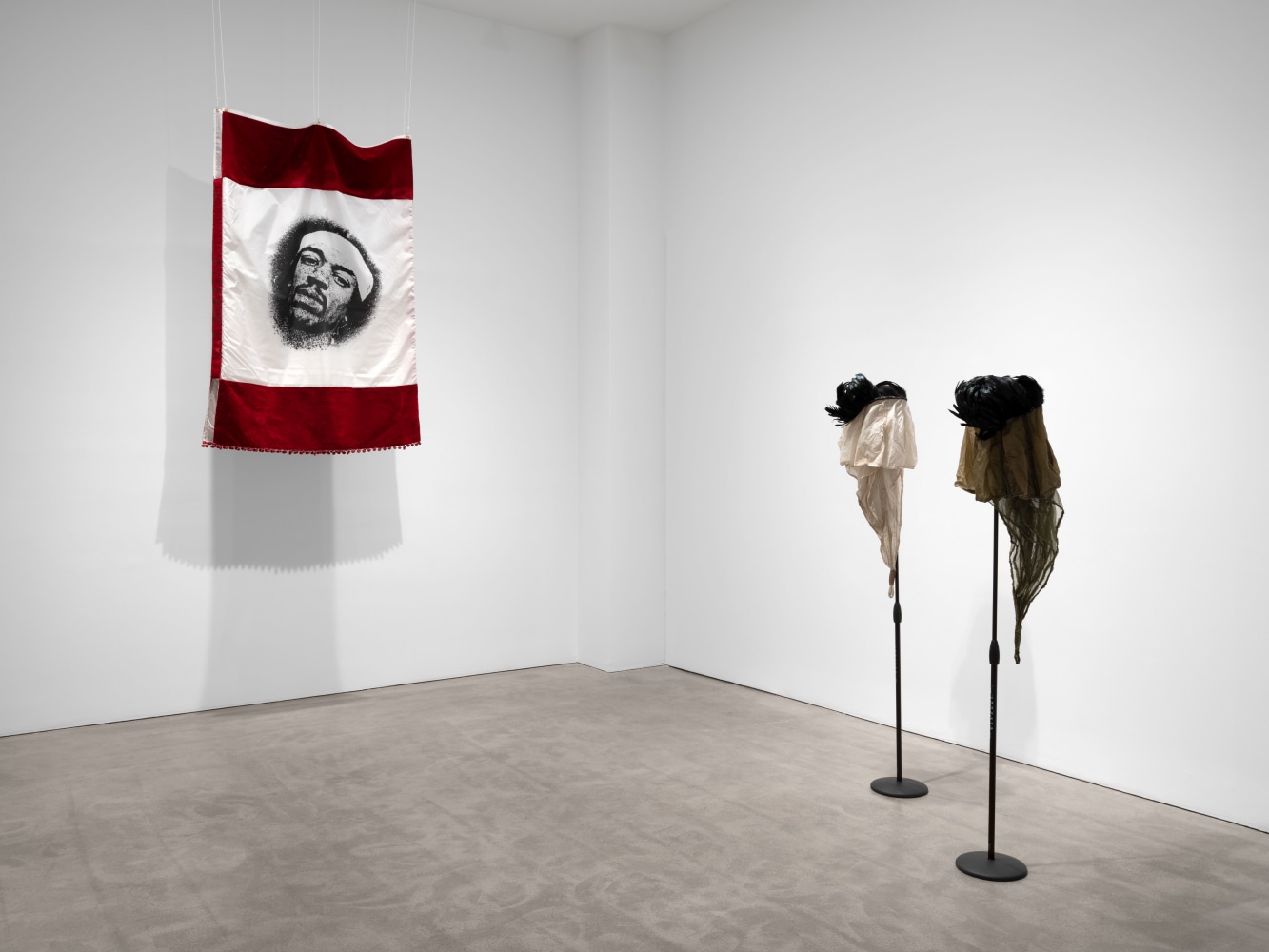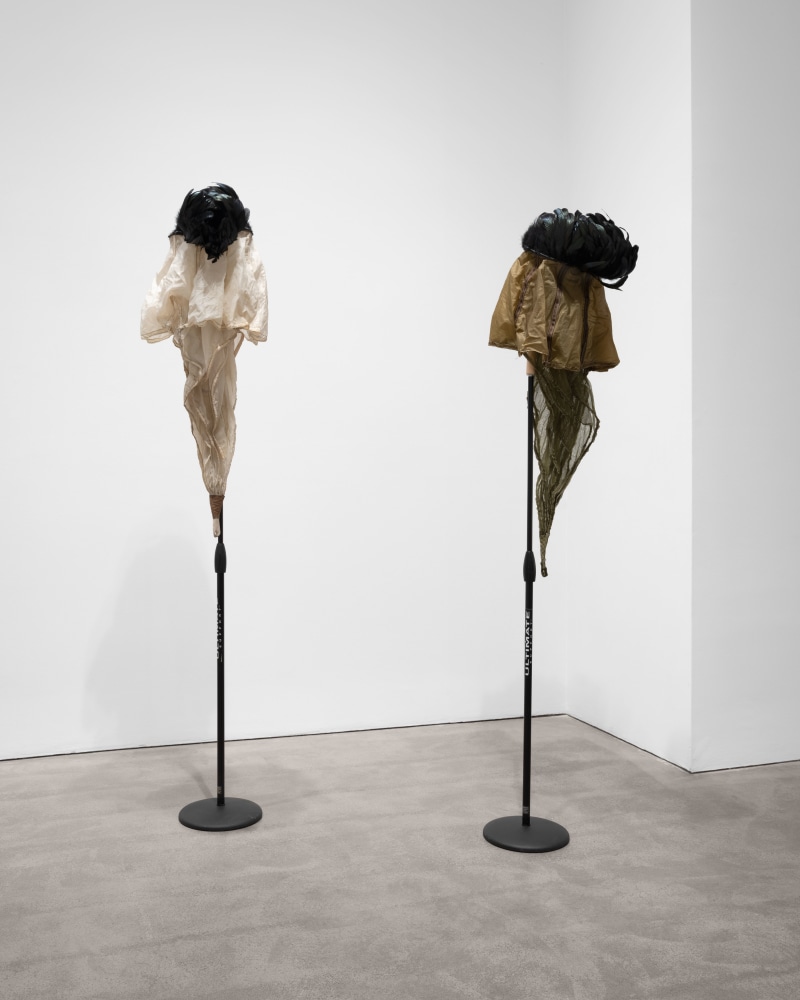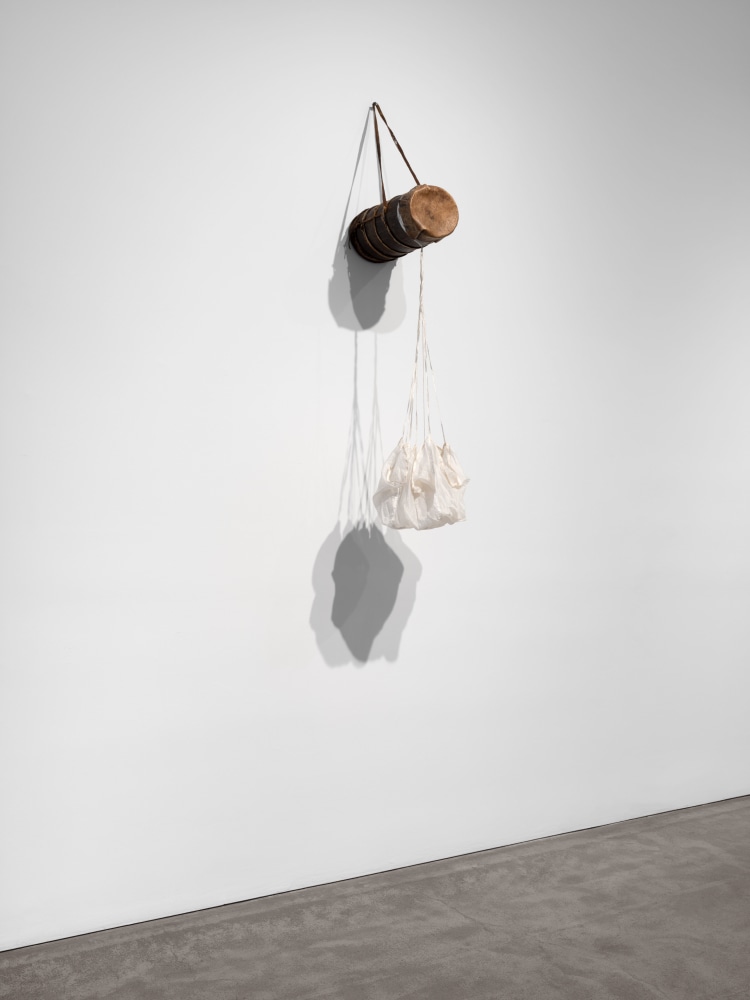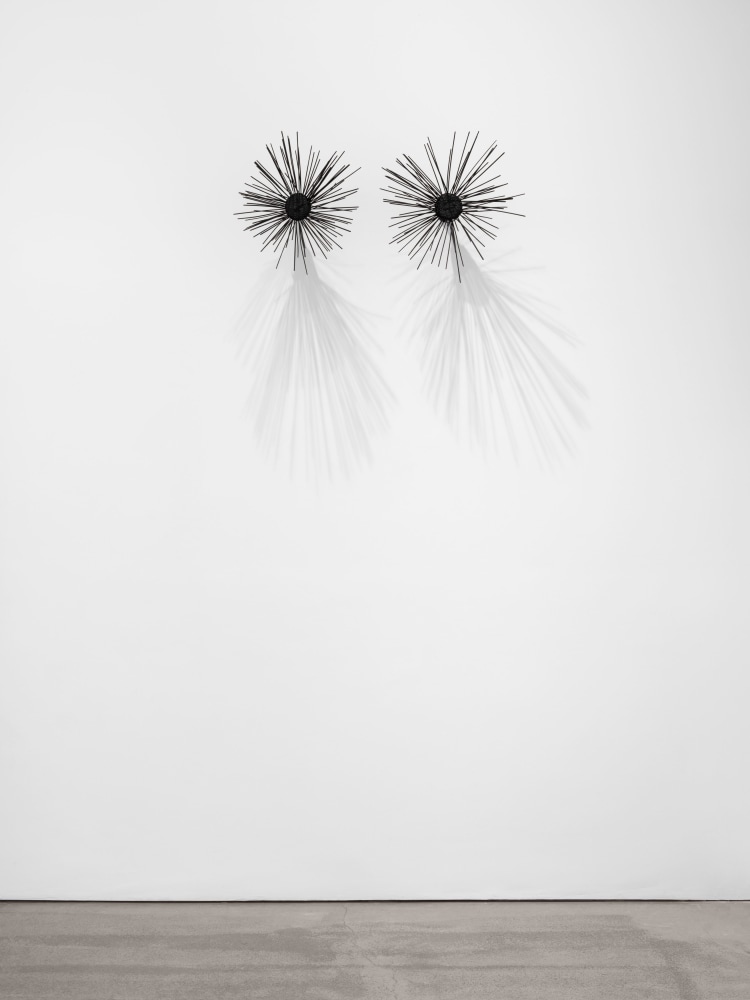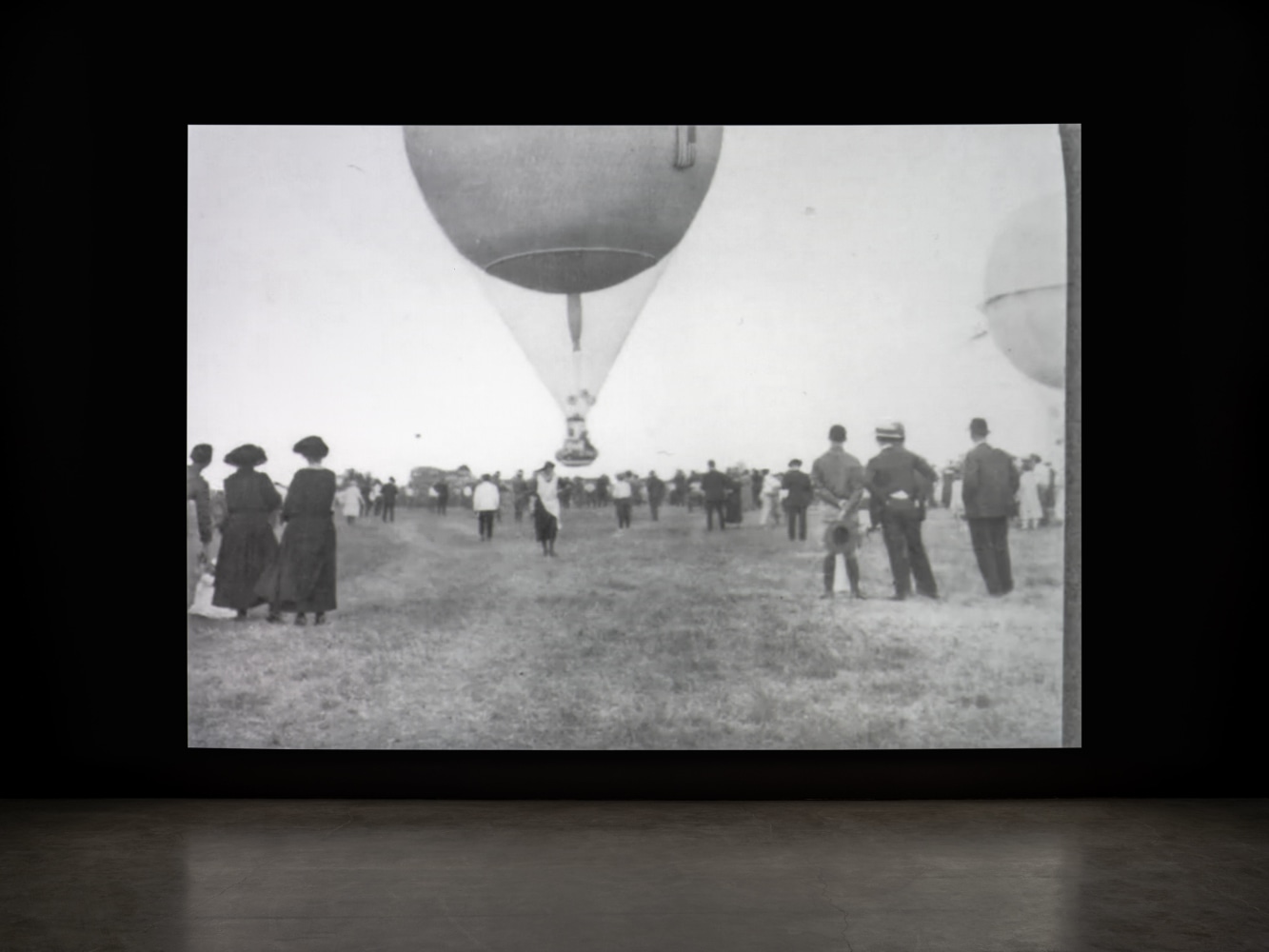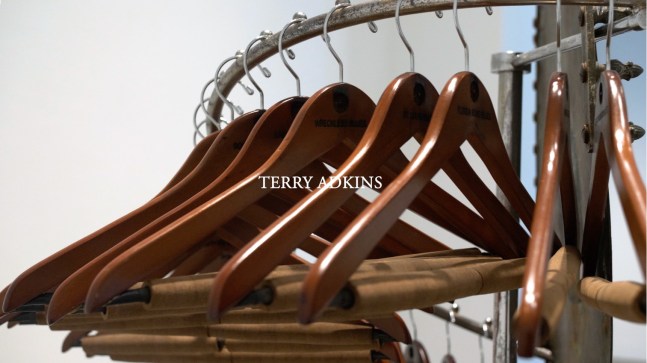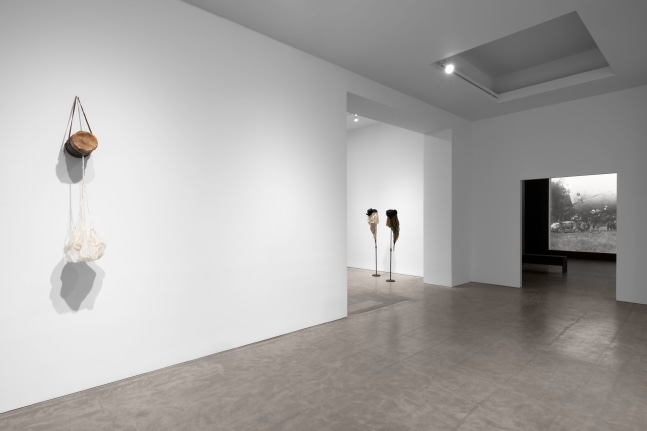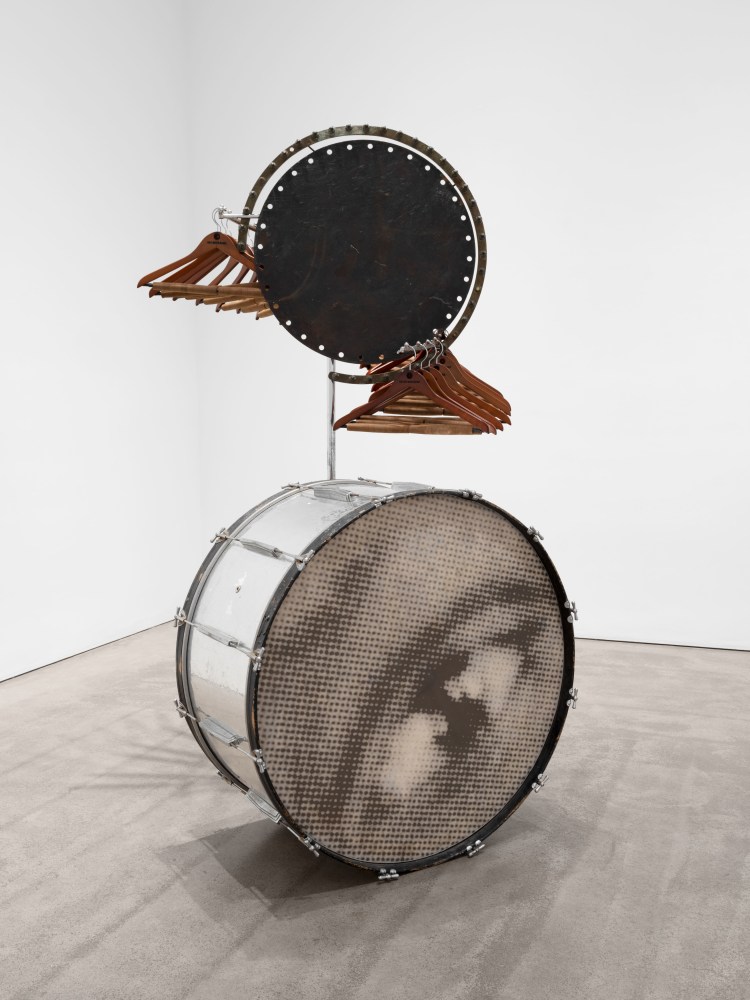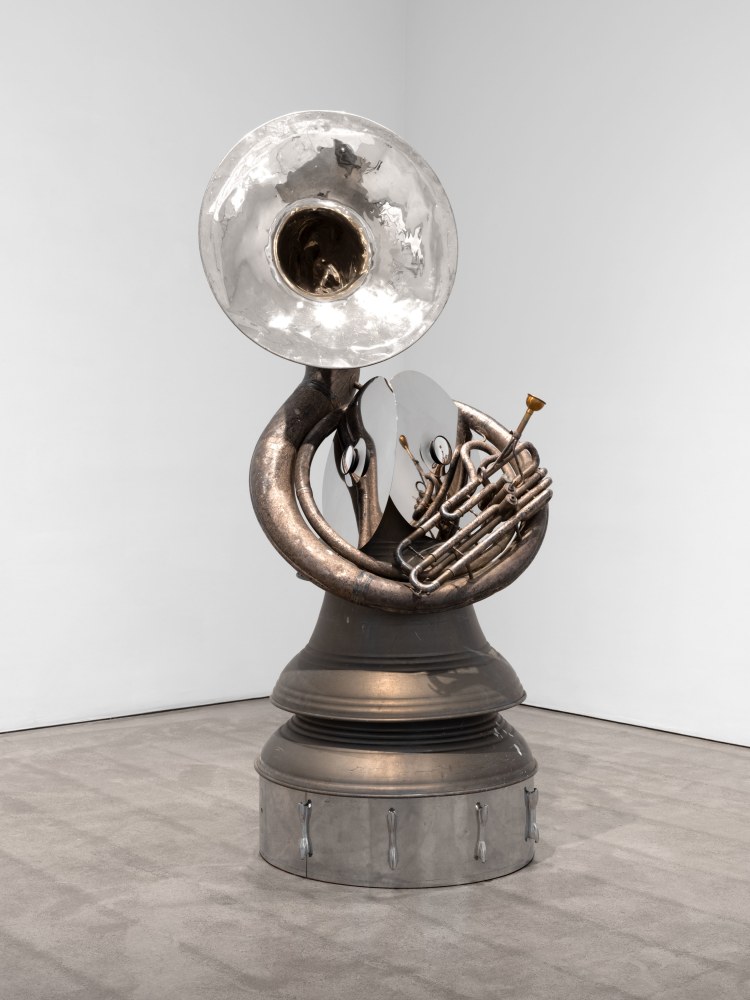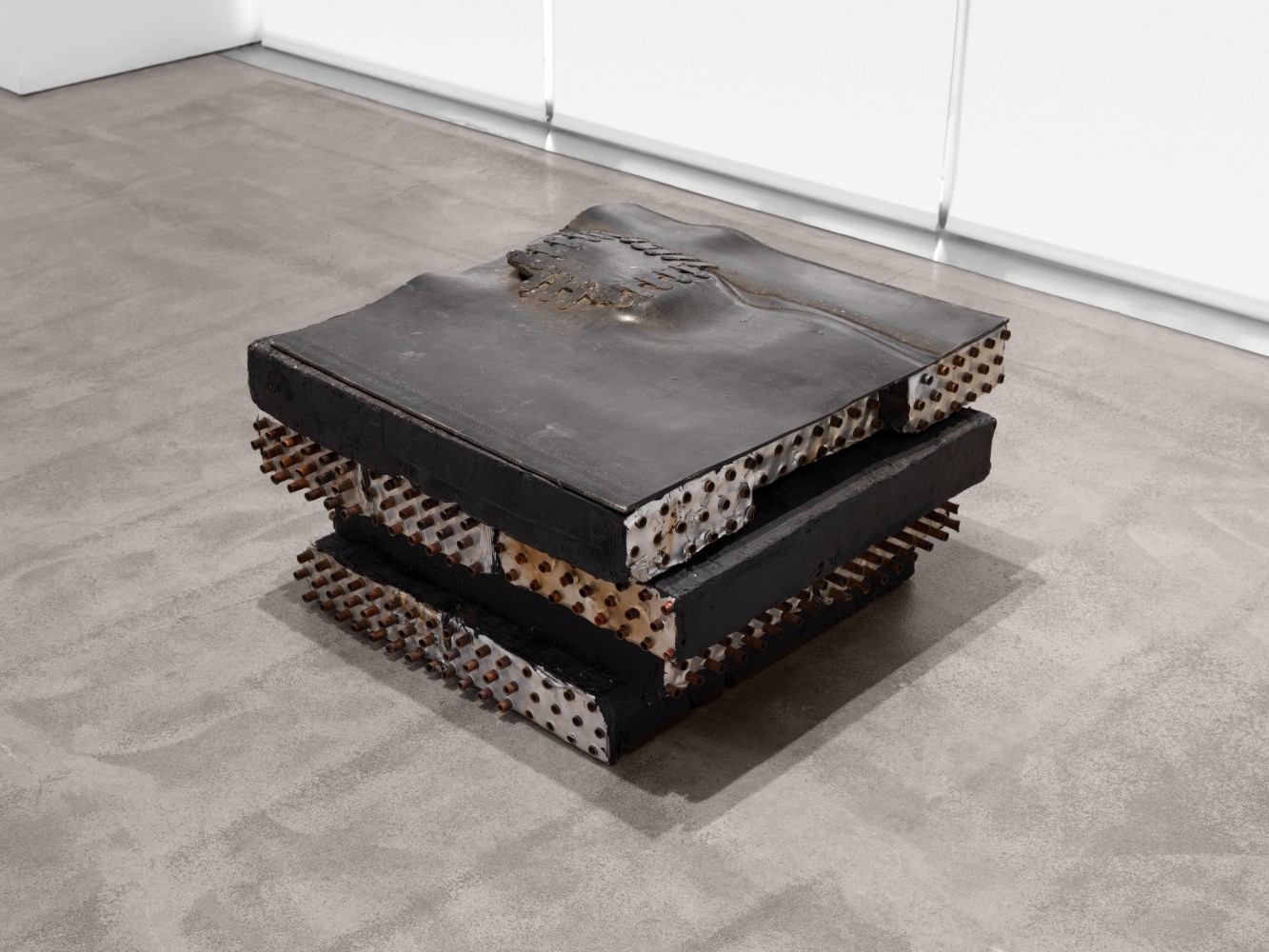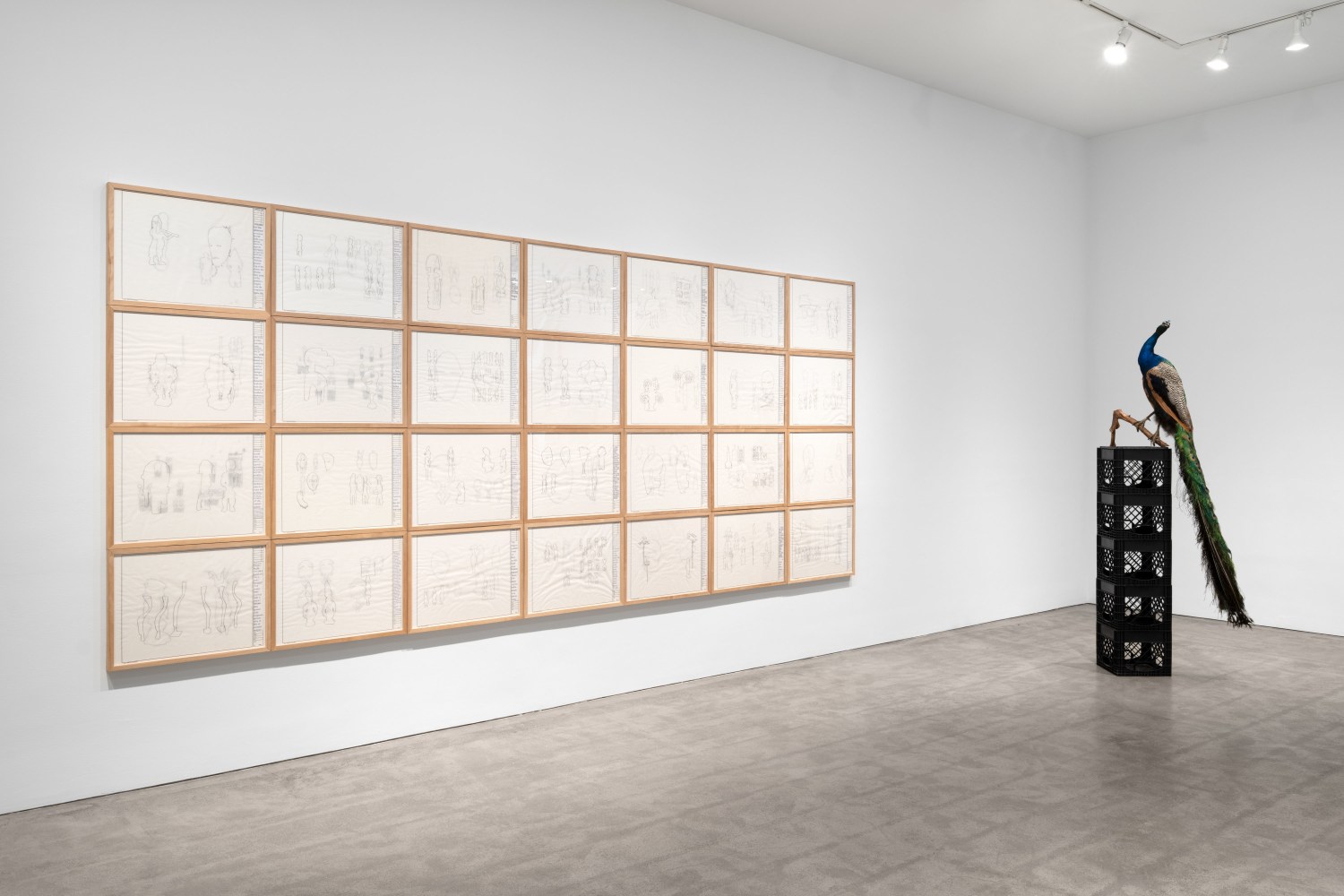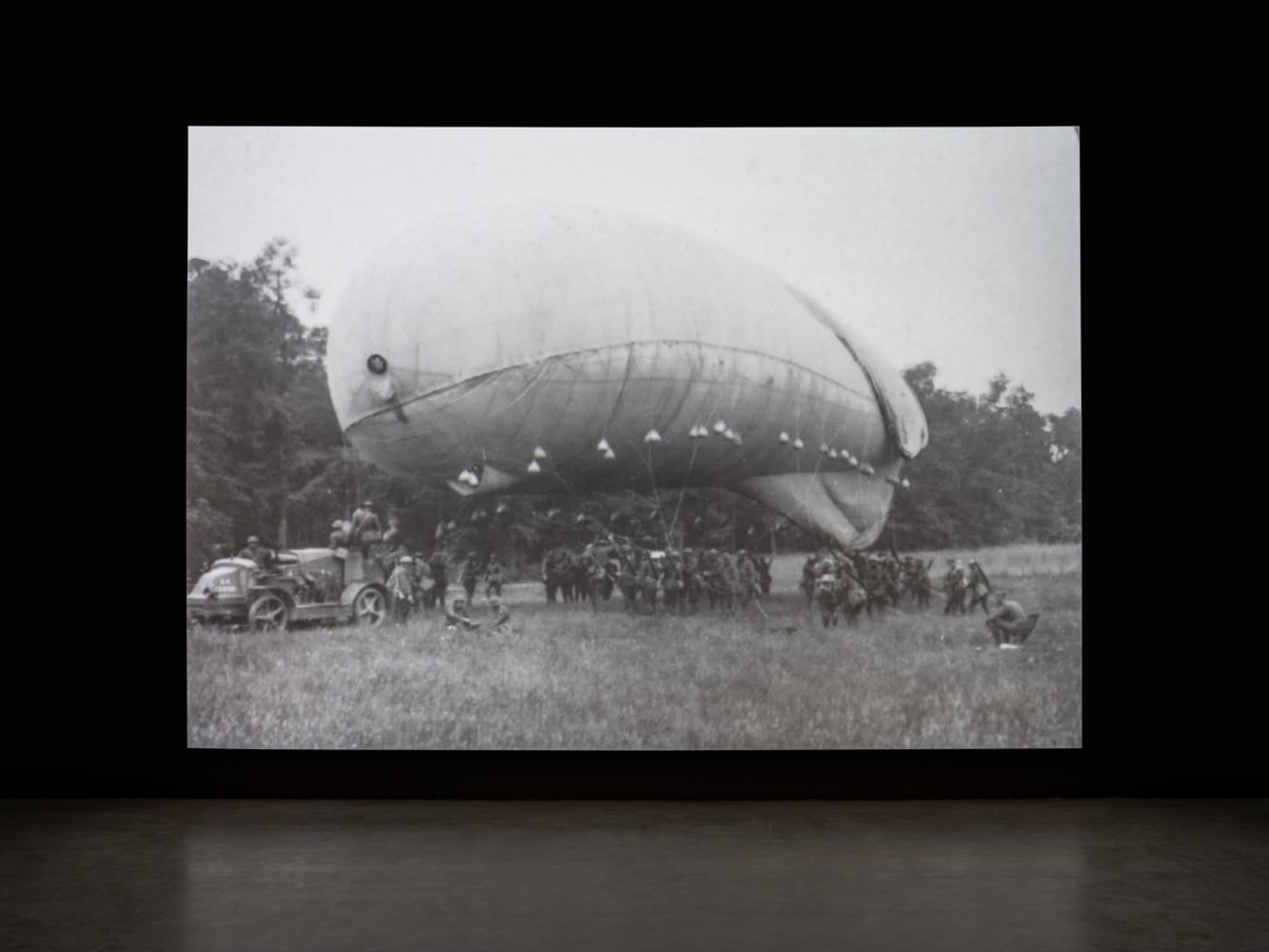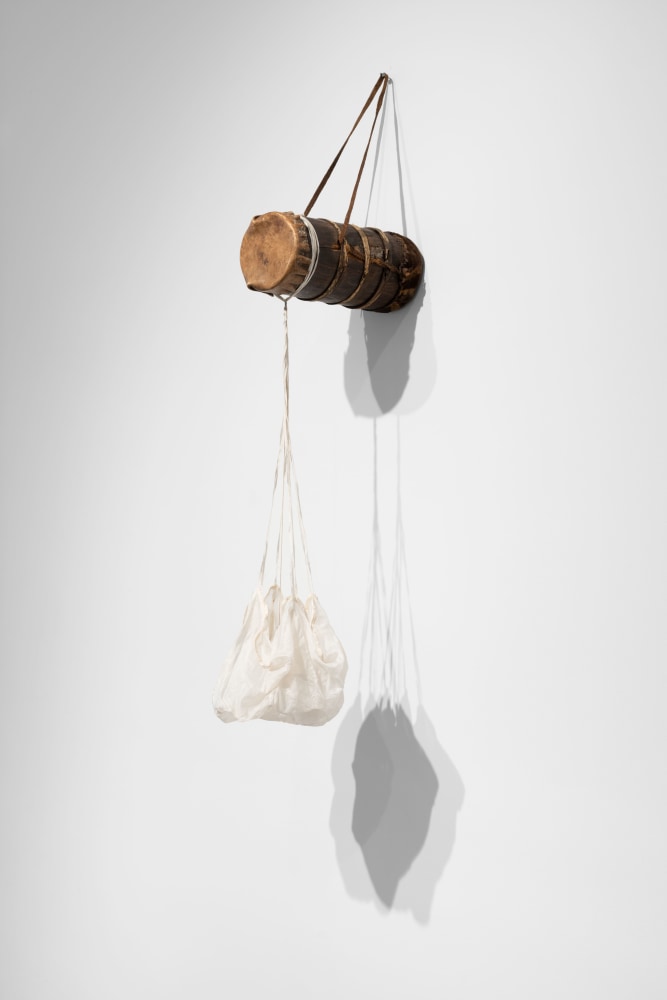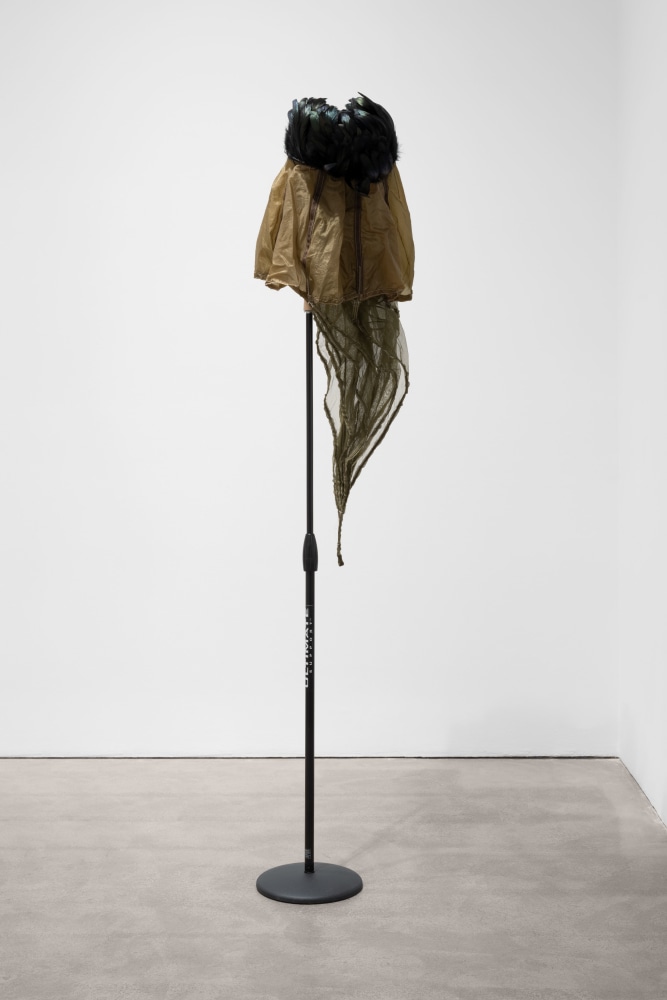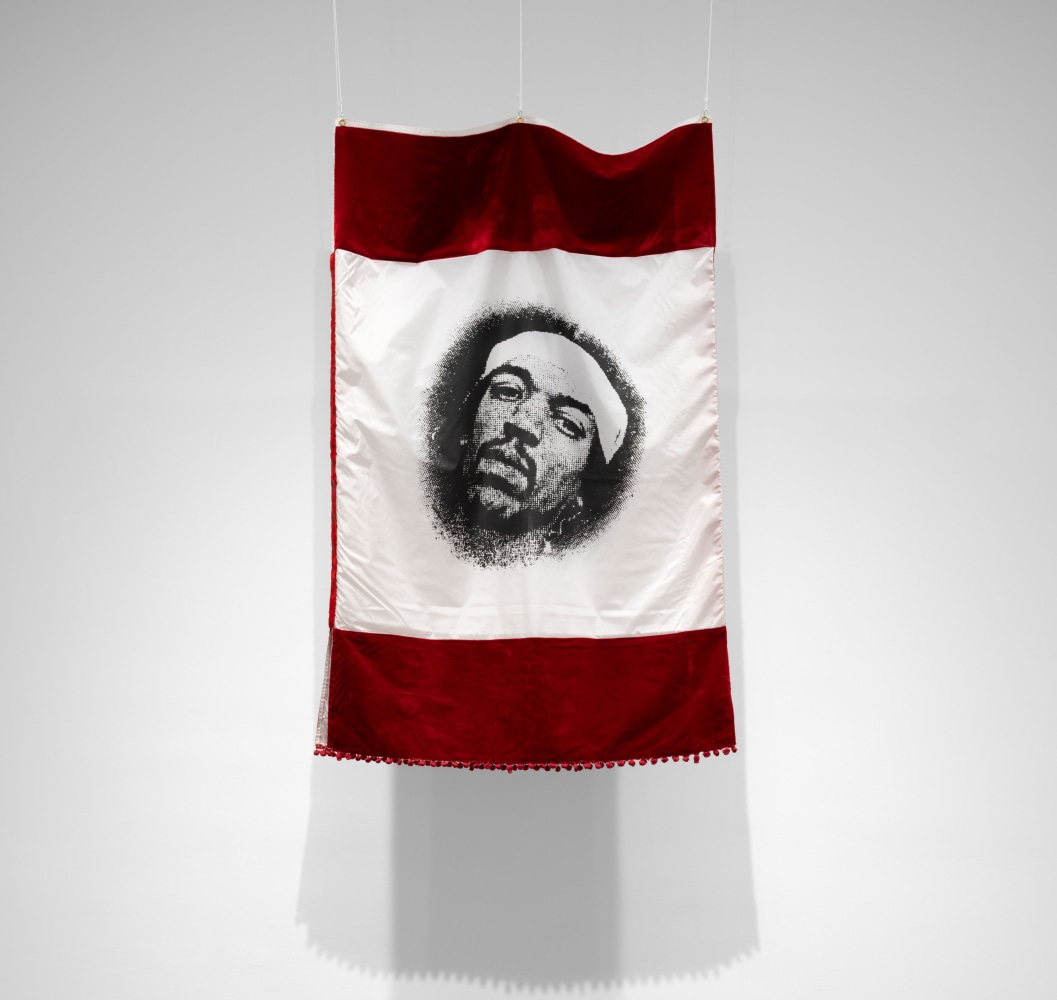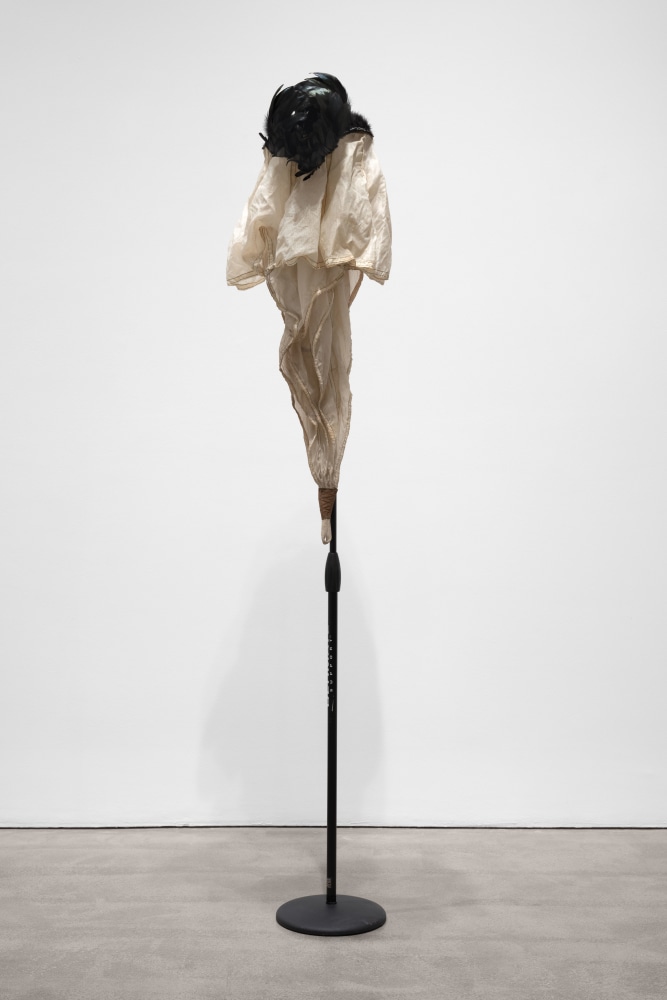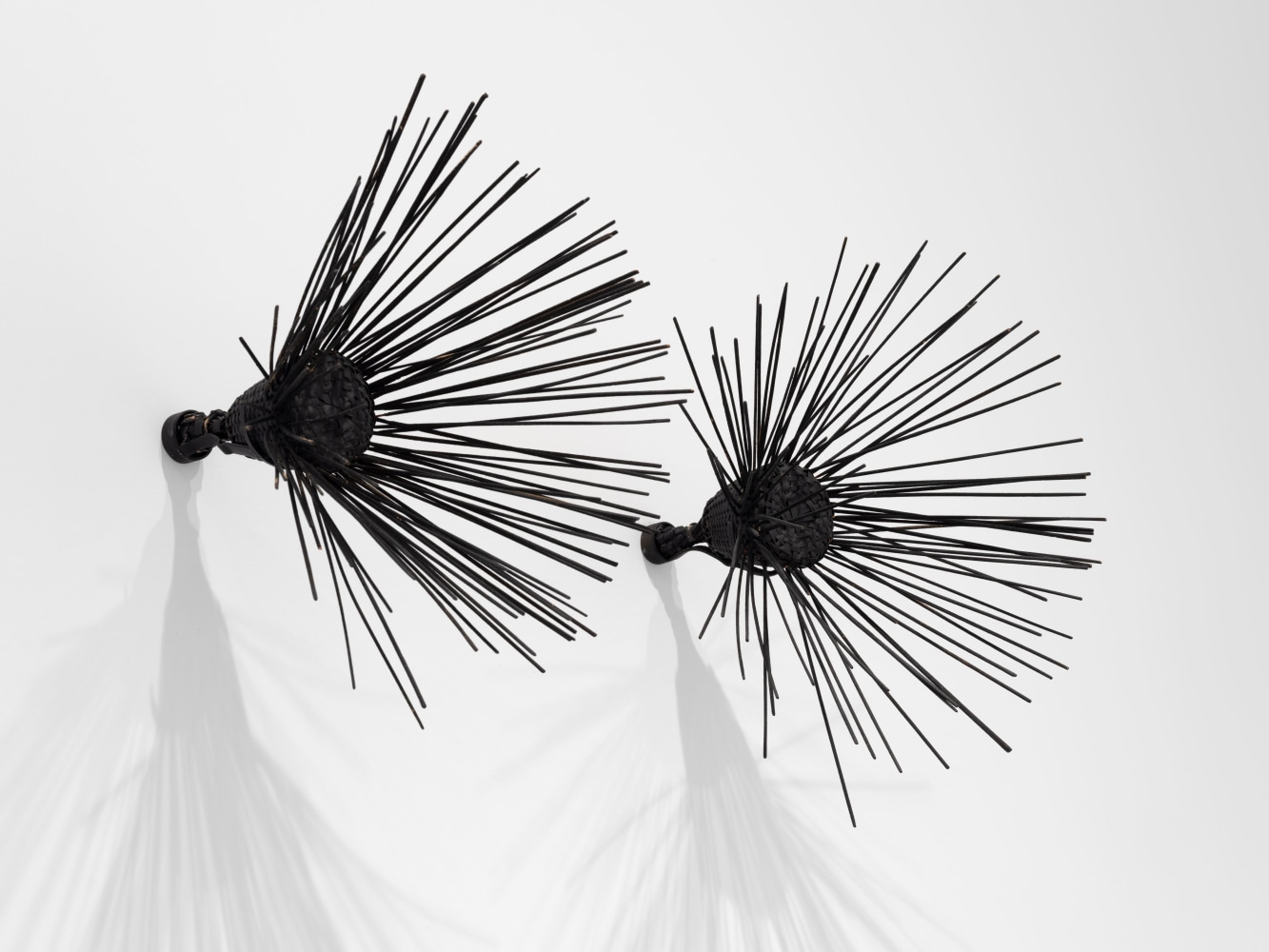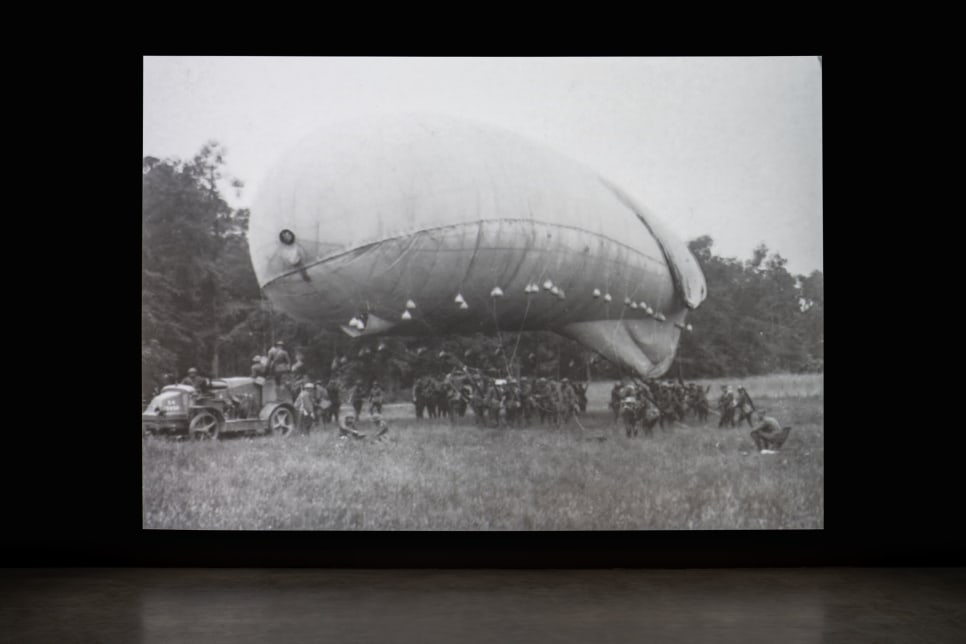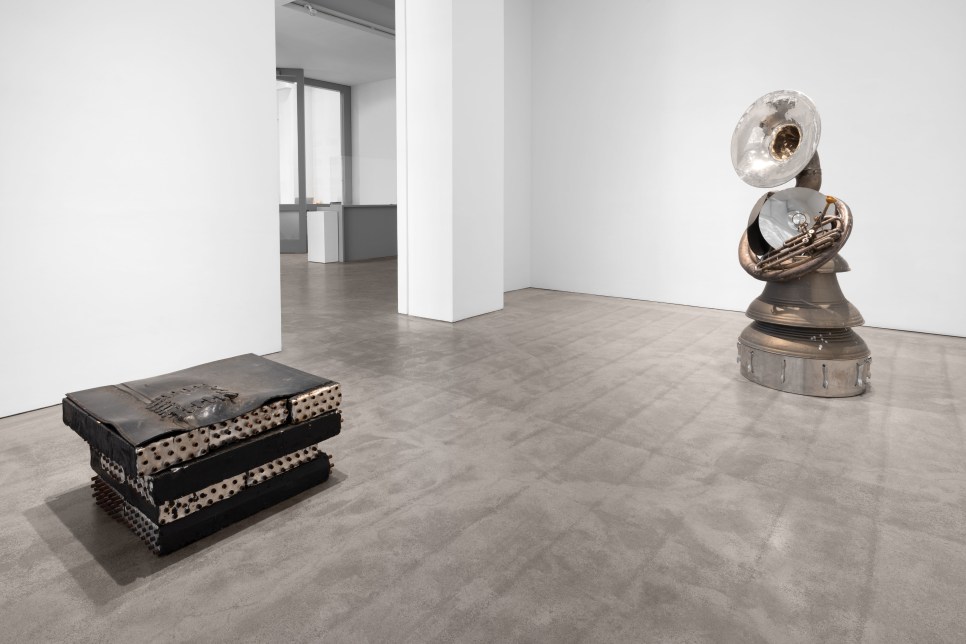Paula Cooper Gallery is pleased to present the first all-encompassing exhibition of work by Terry Adkins since announcing representation of the estate in 2021. The exhibition spans three decades of the artist’s career and includes sculpture and video.
Beginning in the early 1980s, Adkins produced enigmatic sculpture from salvaged materials imbued with social and historical significance by their previous uses. The manufactured forms of the works reference minimalism in their symmetry and remarkable elegance, while the irregular patinas reveal the past lives of distinct parts. Concurrent to his work as a visual artist, Adkins was a brilliant musician, and his art reveals the influence of music in its structure, composition and rhythm. The use of found instruments and the forging of new, unusual, playable sculptures is a prominent characteristic of the artist’s practice.
Adkins’ deep commitment to the interdisciplinary coalesced in his recitals, the activation or rejuvenation of an installation of artworks through a combination of film, music, and readings. Adapting abstraction’s radical openness and potentiality, Adkins used the installations, performances, and the individual works contained therein to investigate the lives of unheralded immortal figures in African-American history. Matinee (2007-2013), for example, was first presented in Belted Bronze, a recital dedicated to the life, work, and spirit of blues singer Bessie Smith. A brass drum emblazoned with an image of Smith’s eye is crowned with a bronze orb bedecked with coat-hangers, each burnished with the title of one of the singer’s compositions. During a performance in 2008 the hangers were hooked into the belt-loops of one of Adkins’ collaborators, bringing the sculpture and its honoree to life through ritualistic use. The majestic sousaphone assemblage Mrs. Brown (2010) was first exhibited in Riddle of the Sphinx, one of Adkins’ many exhibitions dedicated to the life and work of abolitionist John Brown.
Akin to Adkins’ employment of existing objects in his sculpture was his use of archival images and sounds in his video works. Flumen Orationis (from the Principalities) (2012) resonates with the late artist’s poetic and intelligent approach to history.
Terry Adkins (1953–2014, b. Washington, D.C., d. Brooklyn, NY) was a thoughtful and rigorous artist and teacher whose work as a sculptor, musician, filmmaker, printmaker, and orchestrator of installations and experiences remains hugely influential and widely acclaimed. Adkins grew up in Alexandria, Virginia, and studied printmaking before receiving an MFA in sculpture from the University of Kentucky, Lexington. One-person exhibitions of Adkins’ work include Recital at the Frances Tang Teaching Museum at Skidmore College, NY, that travelled to the Block Museum of Art at Northwestern University, IL (2012); an exhibition of video art at the University Galleries at Illinois State University (2016); a restaging of performances by the Lone Wolf Recital Corps, Adkins’ revolving collective, at the Museum of Modern Art, NY (2016); Infinity is Always Less Than One at the ICA Miami (2018); Resounding at the Pulitzer Arts Foundation (2018); and shows at the Fisk University and the Frist Museum in Nashville (2020). Adkins was included in the Performa Biennial in 2013, the Whitney Biennial in 2014 and the Venice Biennale in 2015. Work by Adkins is in the collections of The Museum of Modern Art, The Whitney Museum of American Art, The Metropolitan Museum of Art, and The Studio Museum, in New York; The Smithsonian Institute, Washington D.C., The San Francisco Museum of Modern Art and The Museum of Fine Arts San Francisco; The Museum of Contemporary Art, Los Angeles; The Museum of Contemporary Art, Chicago, and the Tate Collection, UK, among others. From 2000 until his death, Adkins was a Professor at the University of Pennsylvania.

